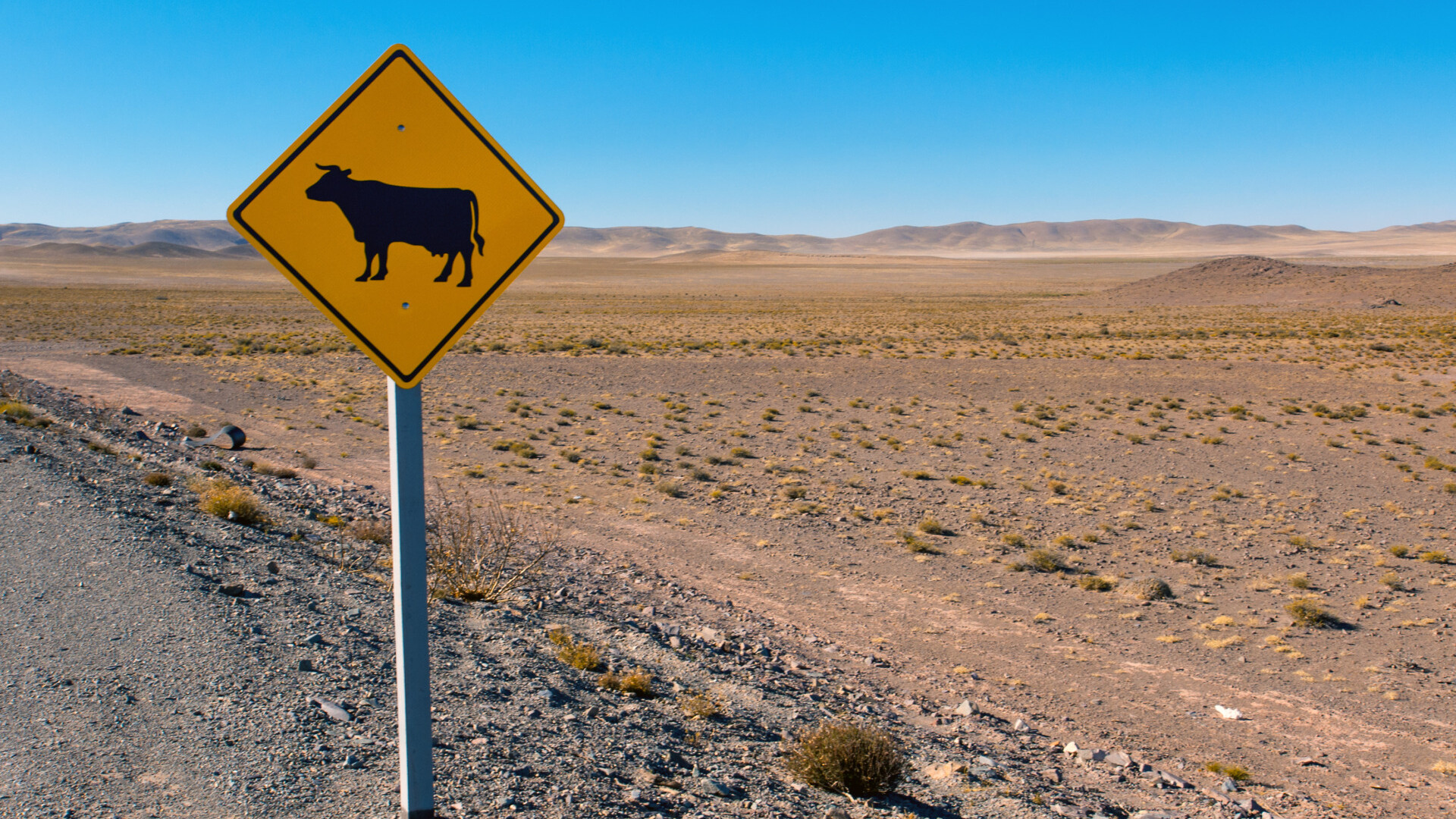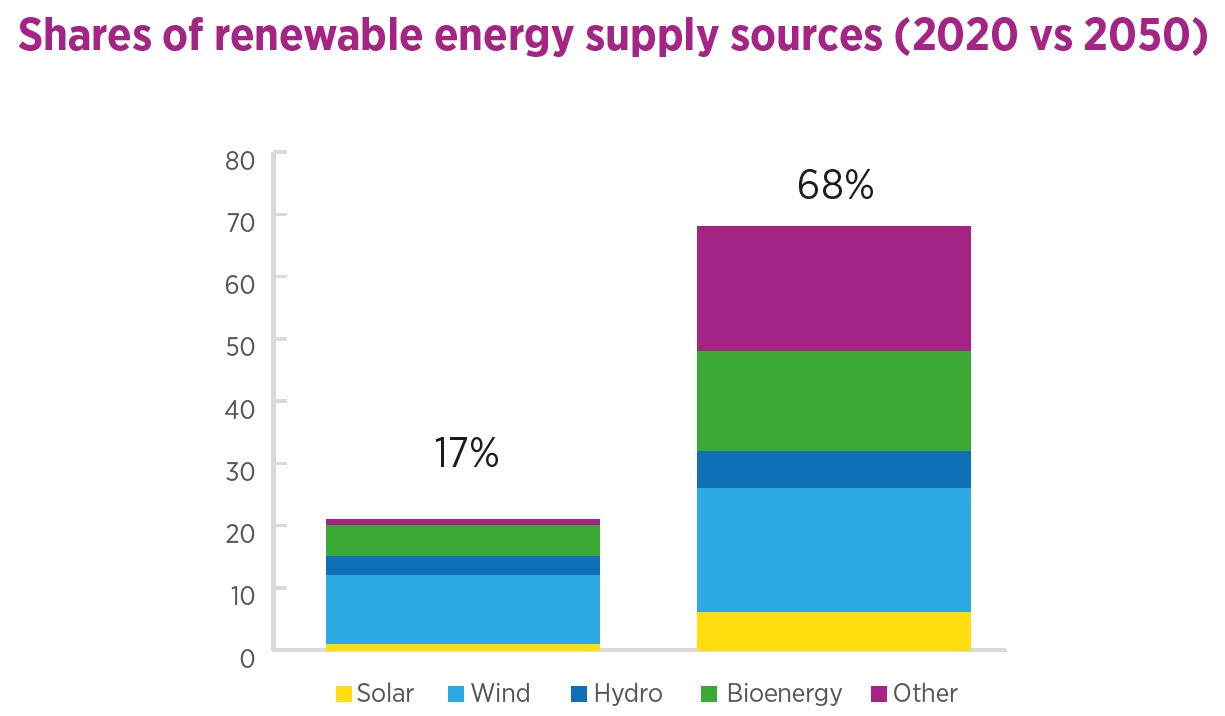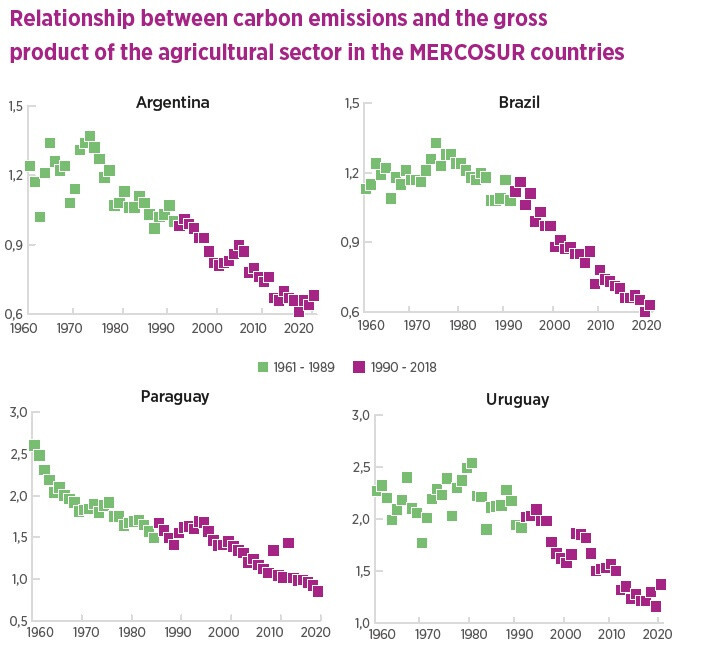South American Farmers Can Fight Climate Change
Write Martín Fraguío and Paloma Ochoa from Southern Cone agricultural think tank, GPS…

By Martín Fraguío and Paloma Ochoa from Southern Cone agricultural think tank, GPS…
Climate change is the greatest challenge of our time. The Paris Agreement, enforced in 2016, establishes the need to keep the planet's temperature increases below 2ºC with respect to pre-industrial levels and to promote additional efforts to bring this threshold close to 1.5º. One of the most important consensuses reached in Paris is that, to achieve these objectives, it is no longer enough to lower emissions but rather that carbon dioxide must be captured and removed from the atmosphere.
Though carbon dioxide is the main GHG (greenhouse gas) it is also a miracle gas responsible for life on Earth. Understanding that life can’t exist without carbon dioxide, and clarifying the way we measure GHGs, is key to understanding the role that agriculture can play in a climate change mitigation strategy. Especially in Latin America.

Another issue recognised for the first time by the Paris Agreement is the central part played by soils as carbon sinks. A large amount of carbon accumulates in vegetation and in soils that, since the beginning of human activity, have decarbonized. This is extremely relevant as recharging soils with carbon plays a central role in restoring balance in relation to the atmosphere. To understand this relationship, it is essential to visualise that there are carbon stocks and fluxes. GHGs are not permanently accumulated in the atmosphere, but circulate as they are emitted or captured.
In line with this, the 2018 and 2019 IPCC (International Panel on Climate Change) reports emphasised bioenergy with carbon capture and carbon capture in soils, placing increasing emphasis on the so-called nature-based solutions (NBS) that encompasses three main pillars: forests, agriculture and grasslands, and wetlands.
Carbon sinks and bioenergy in South America
The South American region has a huge role to play in a serious mitigation strategy for climate change, both as carbon sinks in the soils and as a source of biomass and bioenergy.
Regarding the first aspect, several papers prepared by GPS, show that the role of grazing lands as carbon sinks is underestimated in most South American countries. The fact that grazing land covers almost 90% of the total territory in Argentina, Paraguay, and Uruguay means that agriculture in those countries has a huge role in carbon capture. Brazil is somewhat different since grazing land makes up ‘just’ 35% of the total, with forests accounting for most of the carbon capture.

There are several misconceptions regarding the role of farming in climate change. One reason is flawed measurements. The 1996 IPCC guidelines generated the first GHG inventories. These measurements, which are unfortunately still widely used, strongly overestimate emissions from agriculture. In 2006, and later in 2019, the IPCC established new methodologies for the measurement of emissions. This is relevant because, for example, nitrous oxide emissions from livestock were reduced by 90% with the new methodologies.
Also, as Ernesto Viglizzo, a scientific investigator in Argentina’s National Institute of Agricultural Technology, points out, “IPCC guidelines assume that carbon gains and losses in most grazing lands are in equilibrium. However, recent research suggest that most grazing lands may be gaining more carbon than they lose, and this may change the equation. The carbon balance in national GHG inventories may differ a lot depending on whether carbon capture in grazing lands is incorporated or not into calculations.” Grazing lands, which are predominant in livestock systems in Mercosur countries, as well as agricultural land under conservation practices that include rotation and no-till farming, offer significant potential to remove and store carbon in soils and contribute to mitigate global warming.
Thanks to its rich endowment of natural resources, South America is also a bioenergy powerhouse. The bioeconomy and modern bioenergy sources which are already the most important source of renewable energy in the region, pose a very interesting opportunity for Southern Cone countries, given their potential for biomass generation.
The topic becomes even more relevant when linked to the issue of food security, which has become a major concern for world leaders since the beginning of the century. The challenge of producing more food while using available resources in the most efficient way to reduce impact on climate is one of the most pressing now and in years to come. In this sense, a reduction in emissions in relation to the gross agricultural value can be observed in the MERCOSUR countries in the last 50 years.
Due to their natural resources, technological innovation and business models, Southern Cone farmers can be part of the solution for climate change, food security and biodiversity. For this to happen they need access to inward investment and outbound export markets. Agriculture needs to be part of whatever ‘Glasgow Agreement’ emerges from COP26 in November.